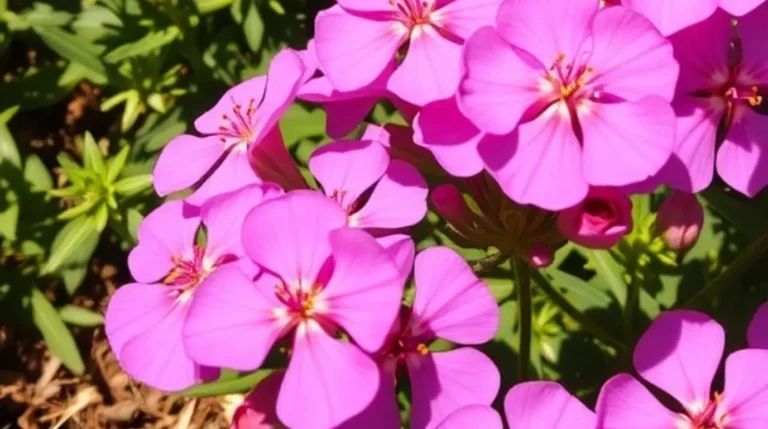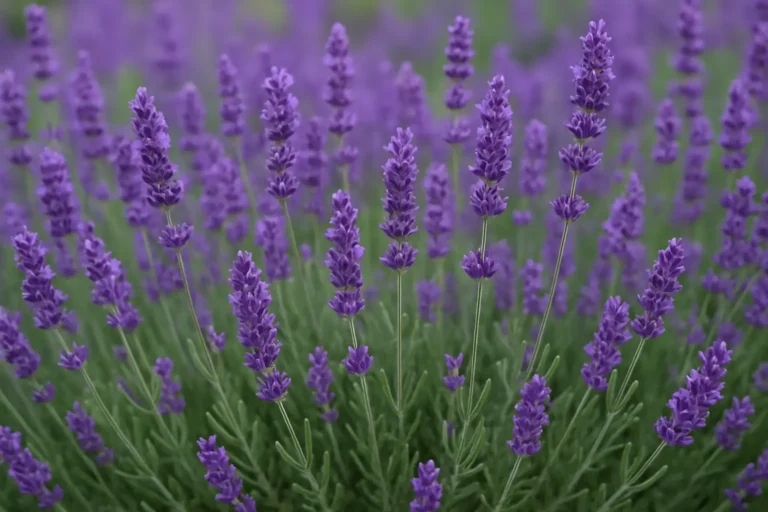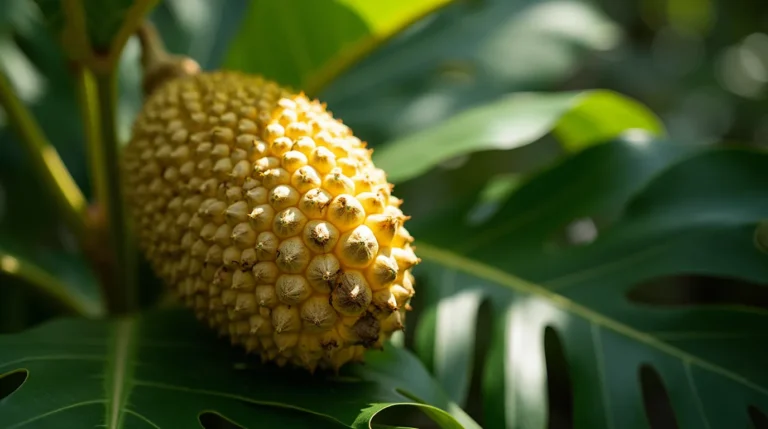15 Stunning Orange Flowers to Brighten Up Your Garden
Table of Contents
Introduction
Orange flowers are known for adding a burst of warmth and energy to any garden. Their vivid hues not only enhance garden aesthetics but also attract pollinators like bees and butterflies. If you’re looking to grow these striking blooms, this comprehensive guide will help you understand everything you need to know to cultivate healthy and beautiful orange flowers. From choosing the right varieties to optimal care tips, this guide has you covered.
Why Choose Orange Flowers for Your Garden?

Orange flowers create a stunning contrast against green foliage and are perfect for making a bold statement in flower beds, borders, and containers. The radiant color symbolizes joy, enthusiasm, and creativity, making them a great addition to any outdoor space. Some popular varieties include Marigolds, California Poppies, and Orange Tulips.
Step-by-Step Guide to Growing Orange Flowers

1. Choosing the Right Varieties
When selecting orange flowers, consider the climate, soil type, and garden design. Here are some great selections to explore:
- Marigolds: Easy to grow and thrive in full sun.
- Orange Zinnias: Excellent for hot climates and bloom profusely.
- Calendulas: Suitable for cooler climates with rich, moist soil.
- Orange Tulips: Ideal for early spring displays in well-drained soil.
- California Poppies: Drought-tolerant and great for rock gardens.
2. Selecting the Ideal Location
Orange flowers generally need full sun to thrive. Select a spot that gets a minimum of 6-8 hours of direct sunlight each day. Make sure the soil is well-draining, as overly wet soil can cause root rot. If you have clay or compacted soil, consider amending it with compost or sand to improve drainage.
3. Soil Preparation
Most orange flowers prefer a slightly acidic to neutral pH (around 6.0-7.0). Prepare the soil by adding organic matter like compost, which improves soil structure and provides essential nutrients. For container planting, use a high-quality potting mix that retains moisture while ensuring proper drainage.
Expert Tip: Check your soil’s pH level prior to planting. Use lime to raise pH if the soil is too acidic or sulfur to lower it if it’s too alkaline.
4. Planting Orange Flowers
- Sow Seeds or Transplant Seedlings: Some orange flowers, like Marigolds and Zinnias, can be grown directly from seeds, while others, like Tulips and Lilies, are best started from bulbs.
- Spacing: Allow adequate room for your plants to grow freely without competing for resources. Generally, space smaller varieties like Marigolds 8-10 inches apart and larger varieties like Tulips 12-15 inches apart.
- Depth: Plant seeds or bulbs at the recommended depth for each variety. For instance, Marigold seeds should be sown about 1/4 inch deep, while Tulip bulbs should be planted 6-8 inches deep.
5. Watering Requirements
Proper watering is crucial for the growth of orange flowers. Ensure the soil stays consistently moist, especially during the initial weeks after planting. Once established, most varieties are moderately drought-tolerant. Water in the morning to prevent fungal diseases and ensure that the soil has time to dry before nightfall.
- Seedlings: Water daily until established.
- Mature Plants: Provide deep watering once or twice a week, depending on the weather.
6. Fertilizing for Optimal Growth
Fertilize orange flowers every 4-6 weeks during the growing season using a balanced fertilizer (10-10-10). Avoid excessive fertilization, as it can promote lush foliage growth instead of blooming.
Organic Option: Use compost or a slow-release organic fertilizer for a more sustainable approach.
7. Pruning and Deadheading
Deadheading spent blooms encourages more flowering and prevents the plant from using energy on seed production. Prune back leggy growth to maintain shape and improve airflow.
8. Pest and Disease Management
Orange flowers can be susceptible to common garden pests like aphids, spider mites, and slugs. Use organic pest control methods such as neem oil, insecticidal soap, or hand-picking pests off the plants.
- Fungal Issues: Prevent powdery mildew and root rot by ensuring good airflow and avoiding overhead watering.
- Aphids and Mites: Spray with neem oil or a mix of water and a few drops of dish soap.
9. Seasonal Care Tips
- Spring and Summer: Regular watering and fertilization promote vibrant blooms.
- Fall and Winter: Mulch around the base of perennials to protect the roots from freezing temperatures.
Top 15 Orange Flowers to Grow in Your Garden

1. Marigold (Tagetes spp.)
Marigolds are classic garden favorites, known for their striking orange and yellow hues. They are not only attractive but also repel pests, making them an ideal companion plant. Marigolds flourish in full sunlight and well-drained soil, producing vibrant blooms from early summer through fall.
2. Orange Tulips (Tulipa spp.)
Orange tulips symbolize happiness and enthusiasm. These spring-blooming bulbs come in a variety of shapes, from single to double petals. They look stunning when planted in large clusters.
3. Bird of Paradise (Strelitzia reginae)
Bird of Paradise flowers are unique with their vibrant orange and blue petals, resembling a bird in flight. Native to South Africa, these flowers thrive in tropical climates but can also be grown indoors.
4. Orange Zinnia (Zinnia elegans)
Zinnias are popular for their long-lasting blooms and low maintenance. The bright orange variety adds a pop of color to any garden bed. Zinnias attract butterflies, making them a lovely addition to a pollinator-friendly garden.
5. Orange Daylily (Hemerocallis fulva)
Daylilies are hardy perennials that produce stunning orange blooms. They are low-maintenance and can adapt well to different soil types. Each bloom lasts for only one day, but the plant continues to produce flowers throughout the season.
6. California Poppy (Eschscholzia californica)
California poppies are known for their delicate, cup-shaped orange flowers. These annuals self-seed easily and provide vibrant color in the spring and early summer.
7. Mexican Sunflower (Tithonia rotundifolia)
Mexican Sunflowers produce bold orange flowers on tall stems. They are heat-tolerant and bloom prolifically in midsummer, attracting bees and butterflies.
8. Orange Cosmos (Cosmos sulphureus)
Orange cosmos are bright, cheerful annuals that thrive in poor soils and full sun. They bloom throughout summer and into early fall, making them perfect for a long-lasting garden display.
9. Chrysanthemum (Chrysanthemum morifolium)
Chrysanthemums, or “mums,” are classic fall flowers that come in a range of vibrant colors, including orange. They are often used in seasonal displays and can be grown in containers or garden beds.
10. Orange Dahlia (Dahlia pinnata)
Dahlias are beloved for their large, showy blooms. The orange varieties add a burst of fiery color to any garden. Dahlias prefer cooler climates and bloom from midsummer to the first frost.
11. Lantana (Lantana camera)
Lantanas are tropical shrubs known for their clusters of small orange flowers. They are heat-tolerant and attract pollinators such as butterflies and hummingbirds.
12. Gazania (Gazania rigens)
Gazania, or the African daisy, produces vibrant orange flowers with dark centers. This low-growing plant is ideal for borders and containers, blooming continuously in sunny locations.
13. Orange Gerbera Daisy (Gerbera jamesonii)
Gerbera daisies are known for their large, daisy-like blooms in a range of colors, including orange. These flowers brighten up gardens, borders, and indoor arrangements.
14. Canna Lily (Canna indica)
Canna lilies are tropical perennials with large, bold orange flowers. They thrive in warm climates and can be used to create a dramatic focal point in gardens.
15. Orange Hibiscus (Hibiscus rosa-sinensis)
The orange hibiscus is a stunning shrub that produces large, vibrant blooms. It thrives in warm, humid climates and can be grown in containers or as a garden shrub.
FAQs about Growing Orange Flowers
Q1: What is the best time to plant orange flowers?
Most orange flowers can be planted in early spring or fall, depending on the variety. Check the specific planting instructions for each flower type.
Q2: How do I keep my orange flowers blooming longer?
Regular deadheading, consistent watering, and proper fertilization can extend the blooming period of most orange flowers.
Q3: Can orange flowers grow in containers?
Yes, many varieties, such as Marigolds and Zinnias, grow well in containers. Just ensure the pots have good drainage and are placed in a sunny spot.
Conclusion
Growing orange flowers can add a vibrant and cheerful touch to your garden. With the right care and attention, these blooms will reward you with a stunning display throughout the growing season. Follow this guide to cultivate healthy and beautiful orange flowers that will be the highlight of your landscape.







